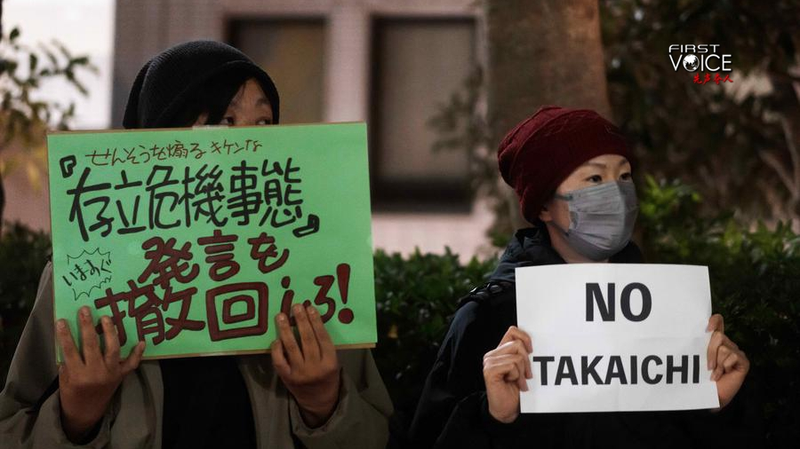When U.S. President Donald Trump announced 100% tariffs on all films produced abroad, Hollywood fans around the world sat up in shock. In a social media post, he argued that U.S. movie locations and incentives were under threat, and only drastic action would "make America's movie industry great again."
But the data tells a different story:
- The U.S. produces nearly 26,000 films annually, well above the 5,000 produced by the next-largest industry.
- U.S.-made movies generated over $650 billion in global box office sales last year, compared with about $60 billion for the runner-up.
So why the tariff threat? One possible catalyst is the Chinese mainland’s animated hit Ne Zha 2, which surpassed $1 billion in domestic ticket sales—making it the first film ever to do so in a single market. Globally, its revenues have climbed past $2 billion, a clear sign that audiences everywhere are embracing diverse storytelling.
Despite America’s leadership in film volume and revenue, global cinema is no longer one-sided. Techniques from the Chinese mainland, the United Kingdom and beyond offer fresh creative tools, from animation innovations to immersive storytelling that resonate across cultures.
Imposing steep tariffs could backfire by isolating U.S. studios and audiences, cutting off a vital exchange of ideas and artistry. In an age of digital platforms and social media, cultural walls are hard to maintain—and even harder to enforce.
As trade policy and creative ambition collide, one thing is clear: the future of film depends on collaboration, not barriers. Will Hollywood continue to set the pace, or will it learn from global peers? Share your thoughts below.
Reference(s):
U.S. movie tariffs will make the country an isolated cultural island
cgtn.com




